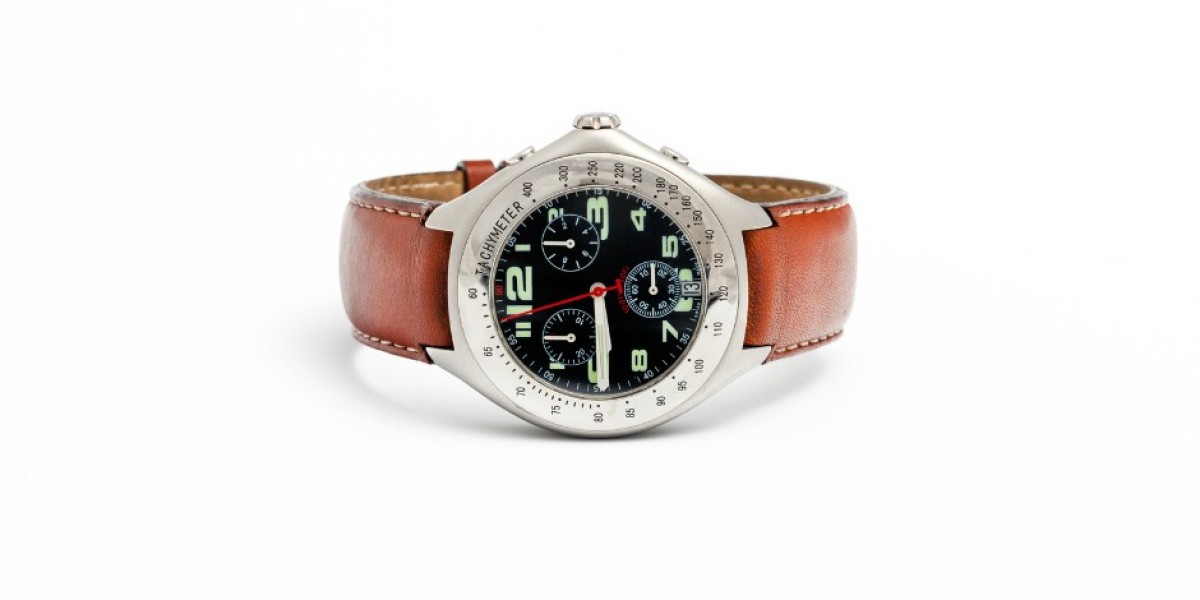In today's visually driven world, product photography has emerged as a powerful tool for businesses to communicate with their audience. Whether it's an e-commerce website, a marketing campaign, or a catalog, high-quality product photography is essential for showcasing products in the best light. This blog explores the art and significance of product photography and product photography editing, delving into the key elements and best practices that can help businesses create compelling visual narratives.
The Essence of Product Photography
Product photography is more than just capturing images of items; it's about telling a story, eliciting emotions, and engaging customers. These visual narratives go beyond merely showcasing the features and specifications of a product; they aim to convey its value, purpose, and relevance in the customer's life.
The Power of a First Impression
In the digital age, first impressions are often made through visuals. When a potential customer visits an e-commerce website or flips through a catalog, the initial encounter with product images can be a make-or-break moment. Effective product photography has the power to captivate, spark interest, and drive the viewer to explore further.
Building Trust and Credibility
Trust is the cornerstone of any successful business. High-quality product photography plays a significant role in establishing trust and credibility with customers. When customers see clear, well-composed images that accurately represent the product, they are more likely to make a purchase. This trust is especially vital in e-commerce, where customers cannot physically interact with the product.
Key Elements of Product Photography
Lighting
Proper lighting is the foundation of any good photograph. In product photography, it is even more critical as it directly impacts how the product is perceived. The use of natural or artificial light, along with factors like intensity, direction, and color, can dramatically alter the way a product appears in an image.
Composition
Composition in product photography involves arranging the product and other elements within the frame to create a visually pleasing and informative image. The goal is to highlight the product's unique features, create a sense of balance, and guide the viewer's eye to the product's key attributes.
Background
The choice of background can significantly affect the overall look of a product image. A clean, uncluttered background can help the product stand out and maintain the viewer's focus. In product photography, the background often remains subtle, allowing the product to be the star of the show.
Angles and Perspectives
Selecting the right angles and perspectives is crucial in product photography. Different products benefit from varying approaches, whether it's a close-up to showcase intricate details, a 360-degree view, or a lifestyle shot that demonstrates the product in use. The choice of angles and perspectives can greatly influence the viewer's understanding of the product.
Resolution and Image Quality
In a digital world where customers zoom in and scrutinize details, image resolution and quality are non-negotiable. Grainy or pixelated images can deter potential buyers and erode trust. Product photographers must ensure that their images are crisp, clear, and high in resolution to allow customers to examine the product closely.
Best Practices in Product Photography
Invest in Equipment
Investing in professional-grade equipment is a wise choice for businesses serious about product photography. High-quality cameras, lenses, lighting equipment, and accessories can make a significant difference in the quality of product images. These tools provide the means to capture product details with precision.
Understand Your Audience
Product photography should be tailored to the preferences and expectations of the target audience. Different demographics may have varying tastes in visual presentation. Understanding the audience's visual language is essential for creating images that resonate with them.
Hire a Skilled Photographer
While some businesses may attempt to take their own product photos, hiring a skilled photographer with experience in product photography can yield superior results. Professional photographers bring expertise in lighting, composition, and post-processing, ensuring that product images are not just pictures but compelling visual stories.
Post-Processing
Post-processing is the art of enhancing and refining images after they've been captured. While it's essential to maintain accuracy, post-processing can be used to improve image quality. Adjustments like color correction, contrast enhancement, and minor retouching can elevate the final image.
Show Products in Context
Contextual or lifestyle images can provide customers with a sense of how the product fits into their lives. These images go beyond pure product shots and help customers envision the product's use, scale, and relevance in their daily routines.
Consistent Sizing and Framing
Maintaining a standard image size and framing for all product images is important. This consistency not only contributes to an organized and visually appealing presentation but also aids customers in comparing products effectively.
Mobile Optimization
Given the increasing use of smartphones for online shopping, product images must be optimized for mobile devices. Quick loading times and effective display on smaller screens ensure a seamless shopping experience for mobile users.
Finally, product photography is not merely about capturing images; it's about creating visual narratives that resonate with customers. It shapes how products are perceived, builds trust, and engages audiences. By mastering the key elements and embracing best practices, businesses can elevate their product photography, leading to increased customer engagement, trust, and ultimately, higher sales. In a world driven by visuals, product photography is a powerful tool that can set a business apart and drive its success.



